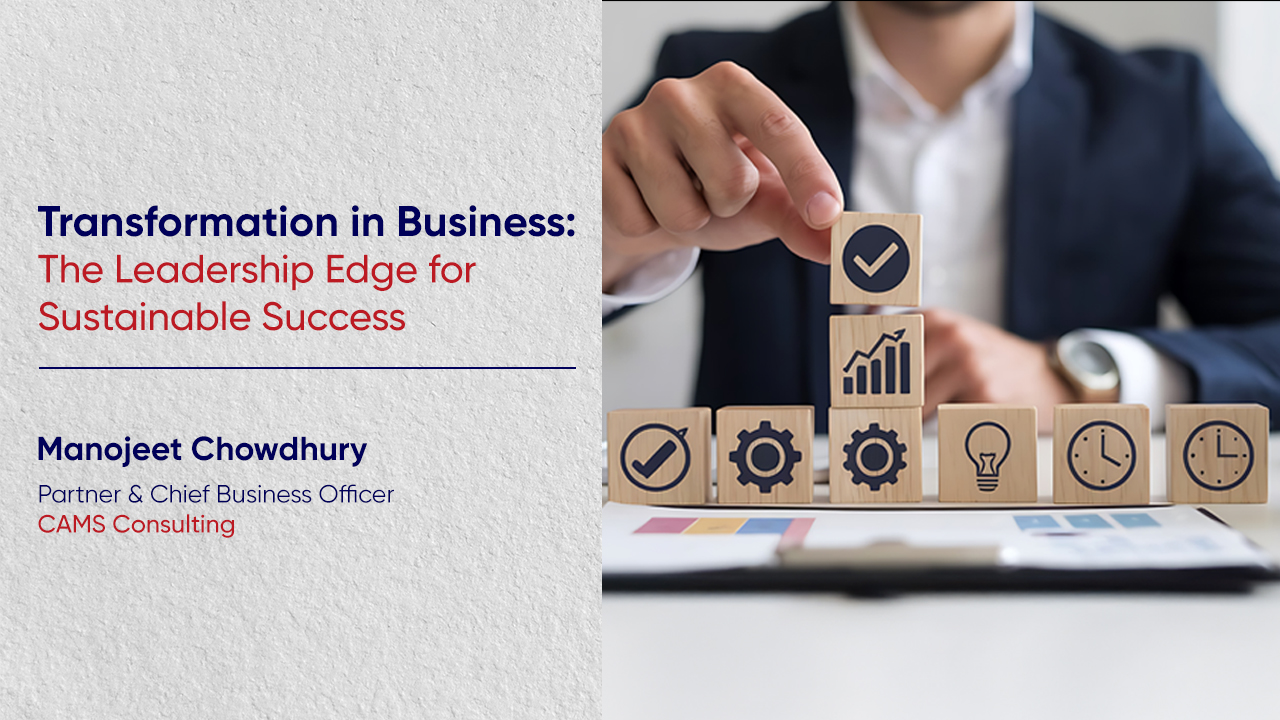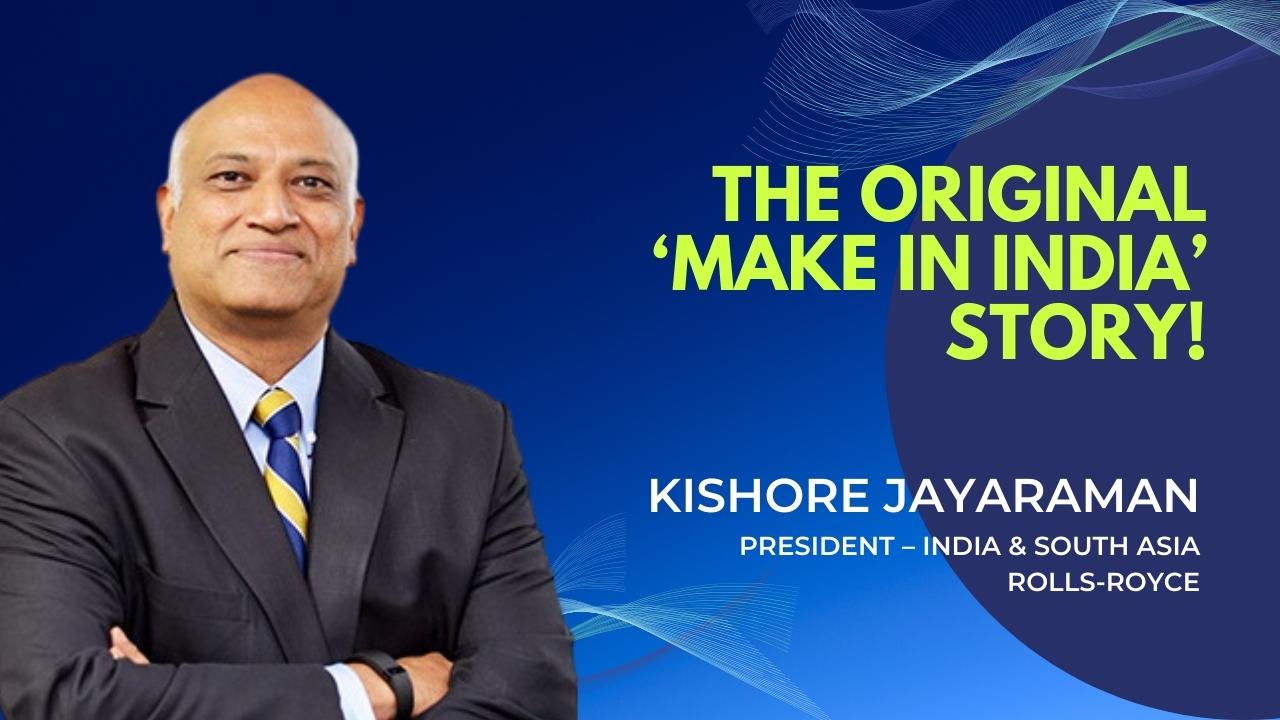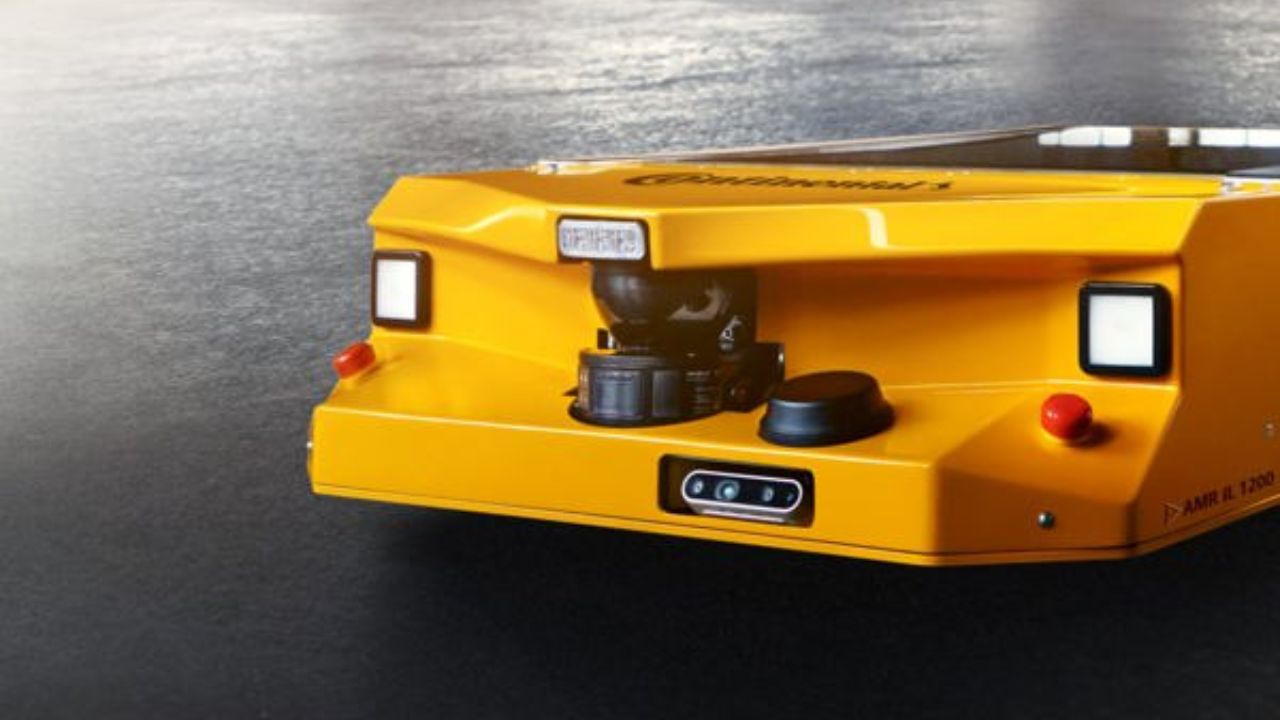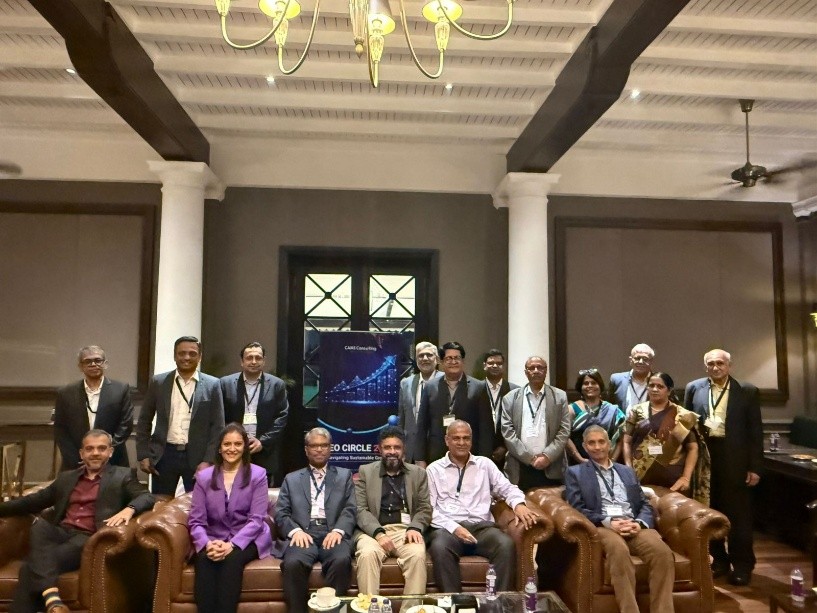Transformation in Business: The Leadership Edge for Sustainable Success
#Leadership #ProMFGinsights #Growth #BusinessStartegy #Sustainability #Transformation #CAMSconsulting

By Manojeet Chowdhury, Partner and Chief Business Officer, CAMS Consulting
In an era of volatility, uncertainty, and rapid technological change, business transformation has moved from the margins of strategic planning to its very center. For manufacturing organizations deeply rooted in legacy systems, asset-heavy operations, and complex value chains the need to transform is not just urgent. It is existential.
Transformation is often misunderstood as a single leap digitization, restructuring, or process automation. In reality, it is a multi-dimensional journey: rethinking how value is created, how people are empowered, and how leadership adapts.
At the core of every successful transformation lies one essential force: a leader who does not just manage change but drives it. Based on our work with industrial organizations across India and globally, here are seven qualities that define transformation-ready leadership.
1. Strategic Foresight: Seeing Around Corners: Manufacturing leaders today must look beyond efficiency and cost control. The ability to anticipate market shifts, regulatory changes, and technological disruptions before they become threats is what separates proactive leadership from reactive management.
2. Technology Vision: Building Digitally Native Models: AI, IIoT, and digital twins are no longer experimental they are foundational. But transformation is not about technology adoption alone; it is about envisioning entirely new operating models that use technology to unlock speed, insight, and scalability.
3. Innovation Orchestration: Scaling the Spark: Innovation must be treated as a systematic business function, not a creative hobby. Leaders must build structured pipelines for incremental improvements, adjacent growth, and disruptive bets.
4. Ecosystem Navigation: Partnering for Scale: Gone are the days of insular growth. The next leap often requires building alliances be it with startups, technology vendors, academia, or even competitors. Ecosystem thinking allows manufacturers to move faster, tap new capabilities, and co-create value.
5. Stakeholder Convergence: Aligning the Org Behind the Vision: Transformation fails when strategy is disconnected from execution. Leaders must act as alignment architects, ensuring that functions, geographies, and hierarchies are mobilized behind a shared agenda.
6. Execution Velocity: Turning Vision into Momentum: In transformation, speed is a strategic advantage. Leaders must accelerate decision-making, cut through silos, and embed agility without sacrificing governance.
7. Cultural Stewardship: Embedding Change in the DNA: Processes may be redesigned, but unless culture shifts, true transformation is temporary. Leaders must model new behaviours, reward experimentation, and ensure that transformation is not a project it’s a mindset.
It is often said that change is the only constant. But in business, the real constant is customer value. Organizations that continuously reimagine how they deliver that value through strategy, technology, people, and purpose are the ones that endure.
For manufacturing leaders, the message is clear: If you are looking to future-proof your business and lead from the front, the best time to transform is before you are forced to.
About the Author:
 Manojeet Chowdhury
is a seasoned Business leader and Partner at CAMS Consulting. With over four decades of experience including senior leadership roles at Tetra Pak, Hexaware Technologies and Tech Mahindra, he now advises clients on Business Transformation, growth strategy and Customer Experience Management through CAMS’ proprietary transformation frameworks.
Manojeet Chowdhury
is a seasoned Business leader and Partner at CAMS Consulting. With over four decades of experience including senior leadership roles at Tetra Pak, Hexaware Technologies and Tech Mahindra, he now advises clients on Business Transformation, growth strategy and Customer Experience Management through CAMS’ proprietary transformation frameworks.
NEWSLETTER
TRENDING ON PRO MFG
MORE FROM THE SECTION





.png)


